Safe spaces for Karoo succulents
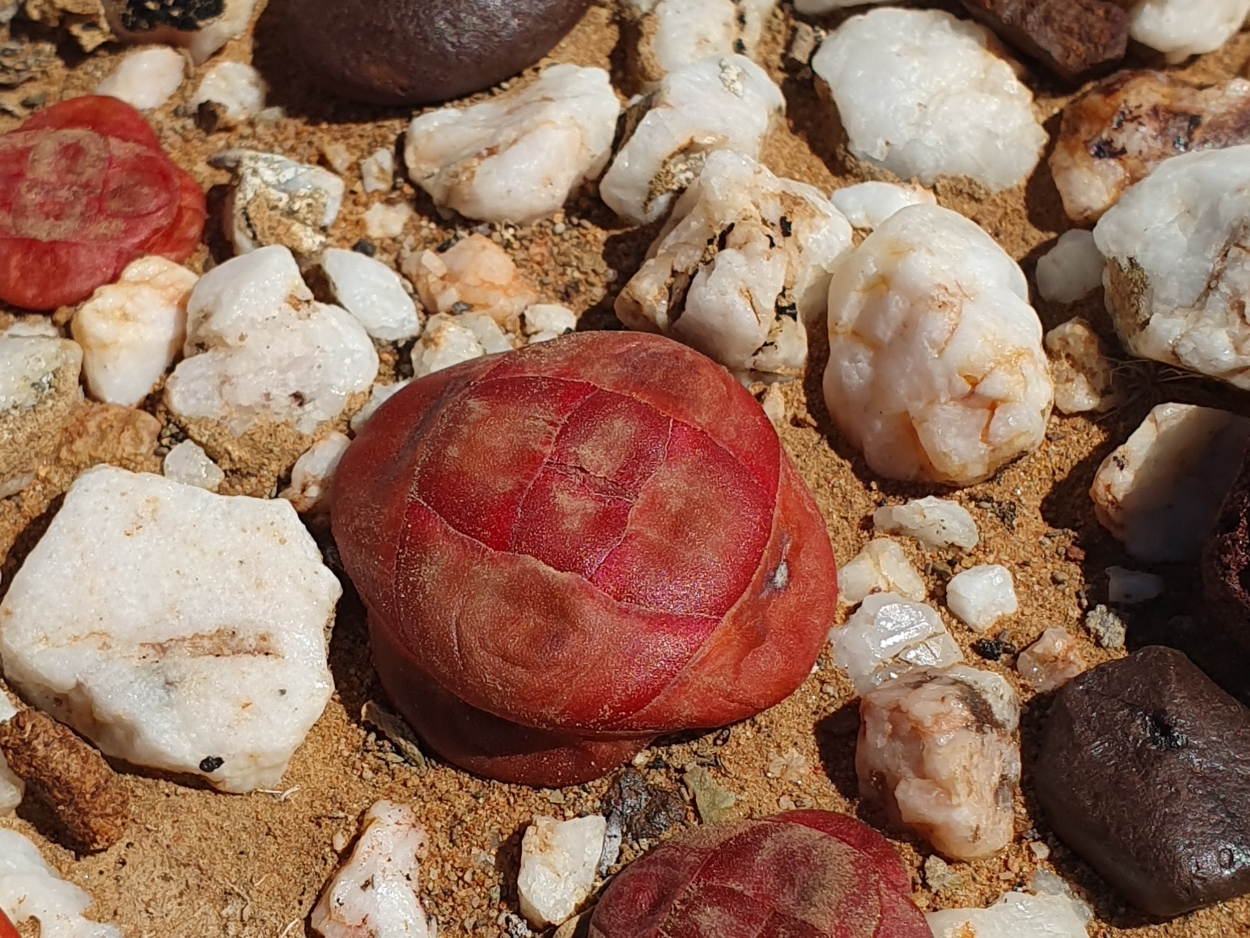
Unidentified succulent in the Klein Karoo. Credit - Andrew Taylor.
Creating safe spaces for threatened Karoo Succulents
Nestled in the western fringes of South Africa and southwestern Namibia lies the remarkable Succulent Karoo Biome, a natural wonderland covering an area of approximately 111,000km². Here, nature’s beauty thrives despite the meagre annual winter rainfall of between 20mm and 290mm, and the harsh, arid summers. One of the defining features of this biome is the abundance of dwarf succulent plants, which are well-adapted to arid conditions.
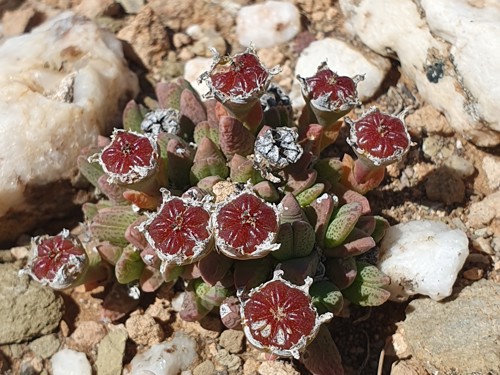
Succulents are hardy plants with fleshy leaves and stems adapted to store water. They also come in a fascinating array of forms and sizes, attracting the interest of plant collectors. Unfortunately, this demand has given rise to an illegal trade that has grown significantly in recent years, putting several succulent species in grave danger of extinction. Over the past three years, approximately 1.5 million succulents have been illegally harvested, with confiscated plants rising by 250% annually.
Several factors are driving this surge in succulent poaching, including expanding global markets, the rise of online trade, and insufficient protection measures in their natural habitats. Many of these succulent species are rare and localised, making them particularly vulnerable to extinction when subjected to unsustainable illegal harvesting.
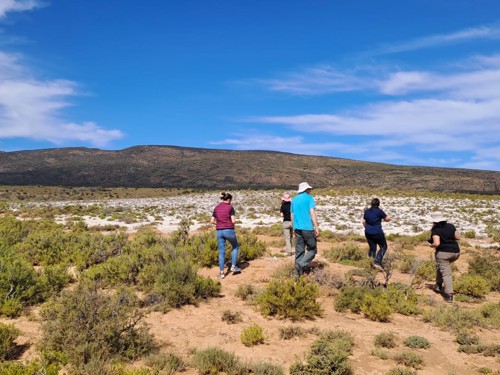
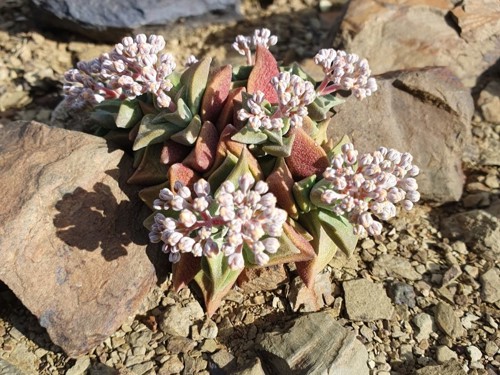
To compound the challenge, our knowledge of the ecology and distribution of many succulent species remains limited, making it difficult to return confiscated plants to their source of origin.
Addressing succulent poaching is a daunting task for various reasons. Firstly, the vast expanse of the Succulent Karoo Biome, with sparse human settlement and an acute shortage of conservation and law enforcement personnel, leaves those on the frontline stretched thin, making apprehending poachers a formidable challenge. Secondly, illegal harvesting is increasingly carried out by impoverished local communities with limited opportunities for sustainable livelihoods, which amplifies the allure of illicit income.
Despite these obstacles, the crisis of succulent poaching is met with utmost gravity by government conservation and law enforcement agencies, as well as dedicated conservation non-governmental organisations across South Africa. A ‘National Response Strategy and Action Plan’ has been meticulously crafted to combat the illicit trade in South African Succulent Flora, with the Endangered Wildlife Trust taking an active role through its IWT Challenge Fund Evidence project.
Over 15 months, we aim to develop a practical solution known as the ‘Safe Space’ model. This innovative approach focuses on working with landowners and other custodians to protect succulents in their natural habitats, rather than solely relying on law enforcement. We will also collaborate closely with law enforcement agencies and other organisations.
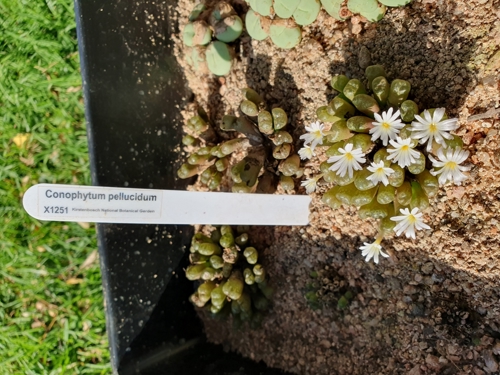
To implement the ‘Safe Space’ model, we will identify priority areas for succulent protection, engage with landowners and farmworkers to identify a suitable pilot area, and develop strategies to combat poaching while empowering local people. Equally important, we will assess the needs of local communities and devise potential alternative livelihoods for them, paying close attention to women and children. Our vision is to pilot this transformative model in future projects – designing and adapting it to be scalable and replicable in other regions, casting a lifeline to these extraordinary plants and the people whose lives are entwined with theirs.
Written by Andrew Taylor. For more information on this IWT Challenge Fund Evidence project IWTEV011, led by Endangered Wildlife Trust, please click here.
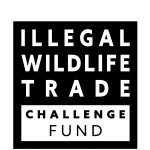
 Back
Back